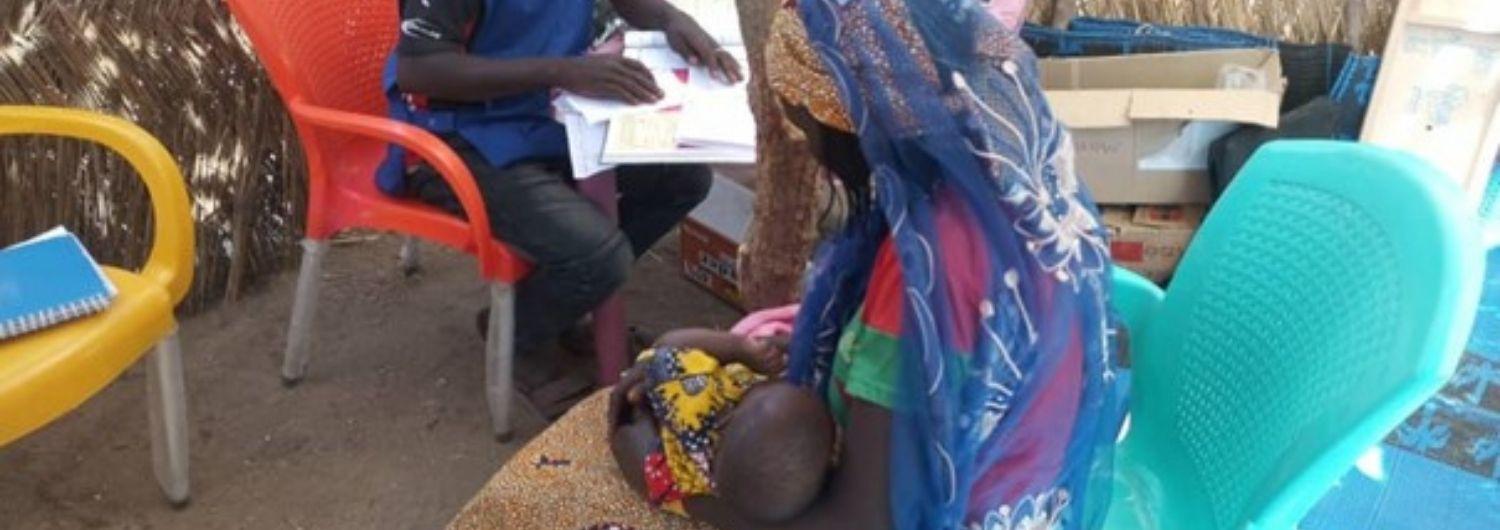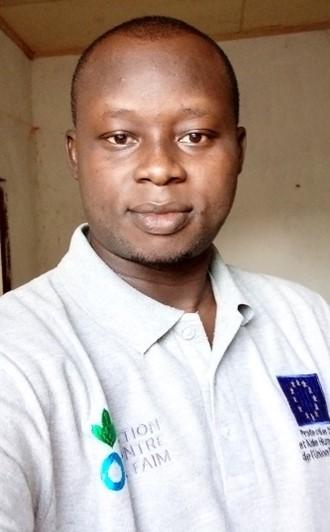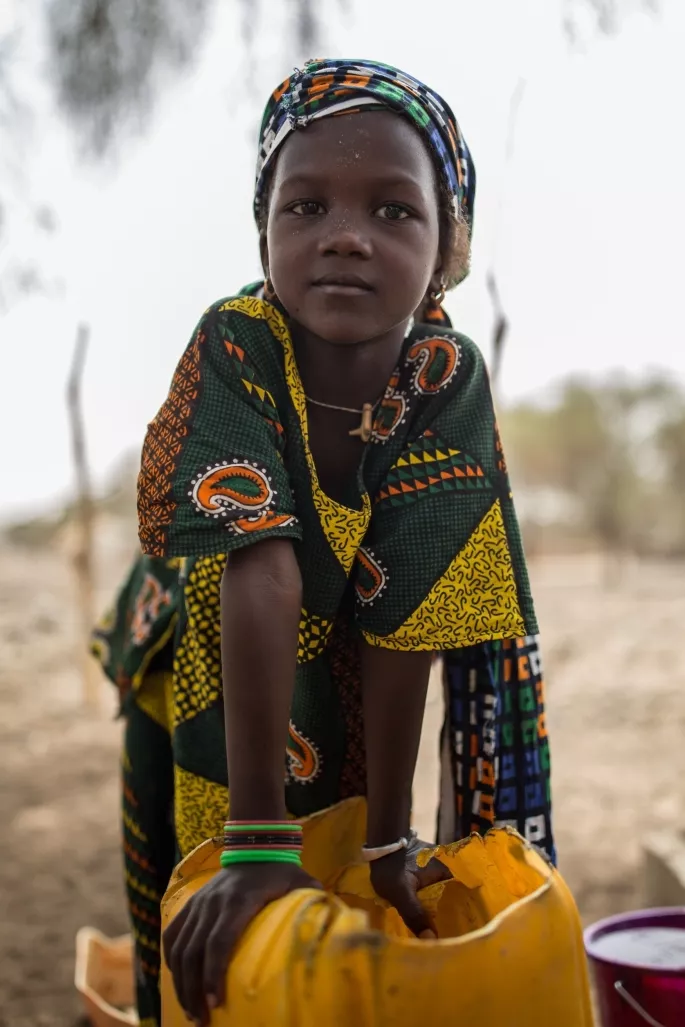

Forum on the ICCM+ approach
Olivier Mbing MBAARA, Mora health district community engagement supervisor
WHAT DO YOU DO ?

Supporting the Heads of Health Facility Leaders and Community Health Workers (CHWs) in the implementation and monitoring of the ICCM+ (Integrated Community Case Management + SAM) community activity package, including:
- Ensure the proper application of the Community approach in accordance with the defined strategy and national community health policy;
- Strengthen the capacities of CHWs on the Integrated Community Case Management (iCCM), the management of severe acute malnutrition without complications at community level or iCCM+ and on communication techniques;
- Analyze the problems encountered and find suitable solutions in collaboration with the Health Facility and my hierarchy;
- Ensure that data collection tools for community activities and input and medication management tools are maintained;
- Prepare the documents for the monthly payments of the CHW’s motivations;
- Participate in the monthly facilitation of meetings with the CHW at the health area level;
- Compile, capture and transmit activity data to hierarchy.
HAS IT BEEN AN ENTHUSIASM FOR YOU TO PARTICIPATE IN THE IMPLEMENTATION OF THIS APPROACH, WITH TAKING CHARGE OF THE SEVERE ACUTE MALNUTRITION (SAM) BY COMMUNITY HEALTH WORKERS (CHWs)?
Many malnourished children drop out of SAM services due to long distance, lack of transportation and insecurity. With this new approach, children are identified and treated early in their respective communities before they develop complications. This ensures quality treatment for all malnourished children who need it. This new approach to the management of SAM by CHWs in the community is a salutary action and I am honored to be among the actors.
AS A PROFESSIONAL, WHAT IS YOUR IMPRESSION OF THIS NEW COMMUNITY SUPPORT STRATEGY FOR SAM?
This new strategy is good because it is consistent with the goal of universal health coverage. It offers the opportunity to improve access to nutritional care for target children. I think this approach helps to limit the cases of withdrawal of treatment often caused by the distance between health centers and households. It will contribute significantly to the reduction of morbidity and infant mortality in the project area. However, we must also be concerned about the unintended effects of this approach on CHWs who may consider themselves to be “near-doctors” when their responsibilities are limited. An accountability mechanism is being implemented to limit this effect.
WHAT DIFFICULTIES DID YOU ENCOUNTER DURING THE PROJECT IMPLEMENTATION PERIOD?
There are:
- The low level of CHWs education in some villages hosting the activity;
- The insecurity in the health area of Boundéri which does not allow to carry out active supervision in the CSA of CHW;
- Disturbances of telephone networks not facilitating remote supervision;
- Insufficient logistical resources for effective supervision of CSA of CHW;
- The CSA of CHW supply system for nutritional inputs is not respected because the health center is constantly experiencing stock shortages. The contingency stock put in place by the Action against hunger (AAH) at the beginning of the intervention is the one that is used to remedy these ruptures.
HOW DO YOU THINK THE TEAMS EXPERIENCED THE IMPLEMENTATION OF THE PROJECT?
It was a new approach and curiosity was there. The training provided to the project team made it possible to understand the approach and also to participate fully in the success of its implementation, especially with regard to the benefits it would bring to the families in the project area.
HOW HAVE FAMILIES AND THE COMMUNITY WELCOMED THIS PROJECT?
At the community level, the strong involvement of community leaders and the availability of CHWs make a significant contribution to the community’s commitment to the ICCM+ program. This new approach is welcomed by families and the community with great enthusiasm.
WHAT DO YOU SEE AS THE MAIN CHALLENGES FOR THE EFFECTIVE IMPLEMENTATION OF ICCM+?
The main challenges include:
- The control of the IMCD-C by the CHWs;
- The control of the IMCASM-C by the CHWs;
- Control over the management of drugs and inputs by CHWs;
- Compliance with the Health Facility and CSA of CHW supply system for medicines and management inputs;
- Control of the reference system and against reference by the CHW;
- Mastering the filling of patient monitoring and data collection tools by CHWs;
- The availability of inputs at all times;
- Expand to all communities with more ICCM+ providers.
DO YOU THINK THAT ICCM+ CAN IMPROVE THE LIVING CONDITIONS OF CHILDREN AND FAMILIES IN CAMEROON?
I believe that this approach can improve the living conditions of children and families in Cameroon, as health surveys show a low coverage of health care needs in remote areas (disparity between urban and rural areas).
In the Far North region, for example, insecurity has reduced advanced strategy activities in the health areas, and people are forced to travel kilometers to get to training, resulting in additional transportation costs. However, the ICCM+ approach offers the opportunity to have care close to households, but also promotes early access to care in case of illness to limit complications.
This approach will certainly save families money, so the money can be used to cover other household needs.
